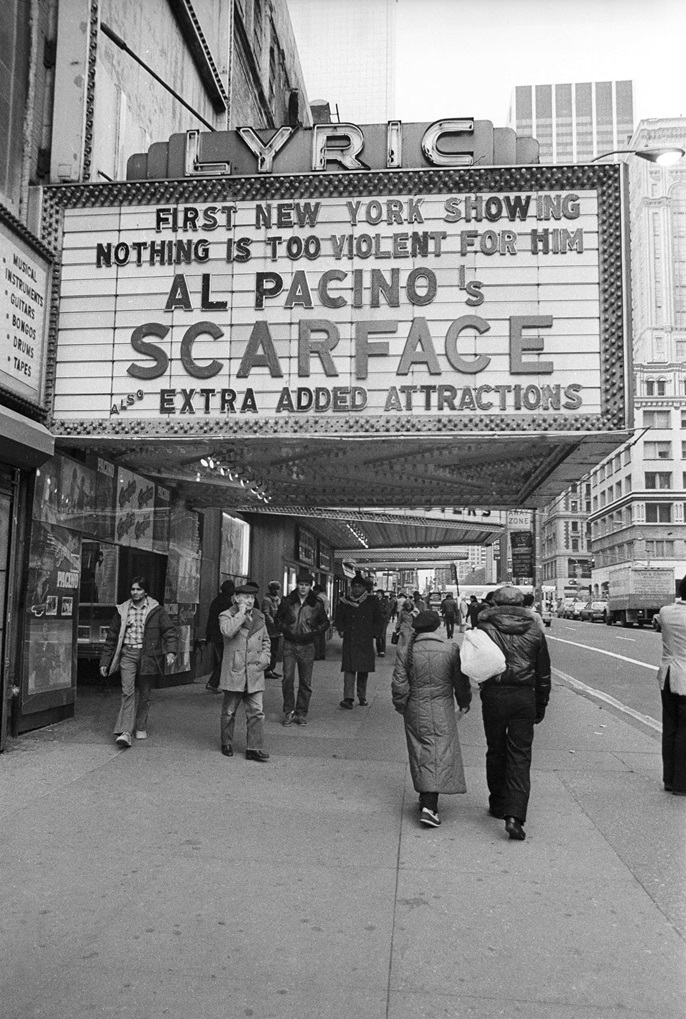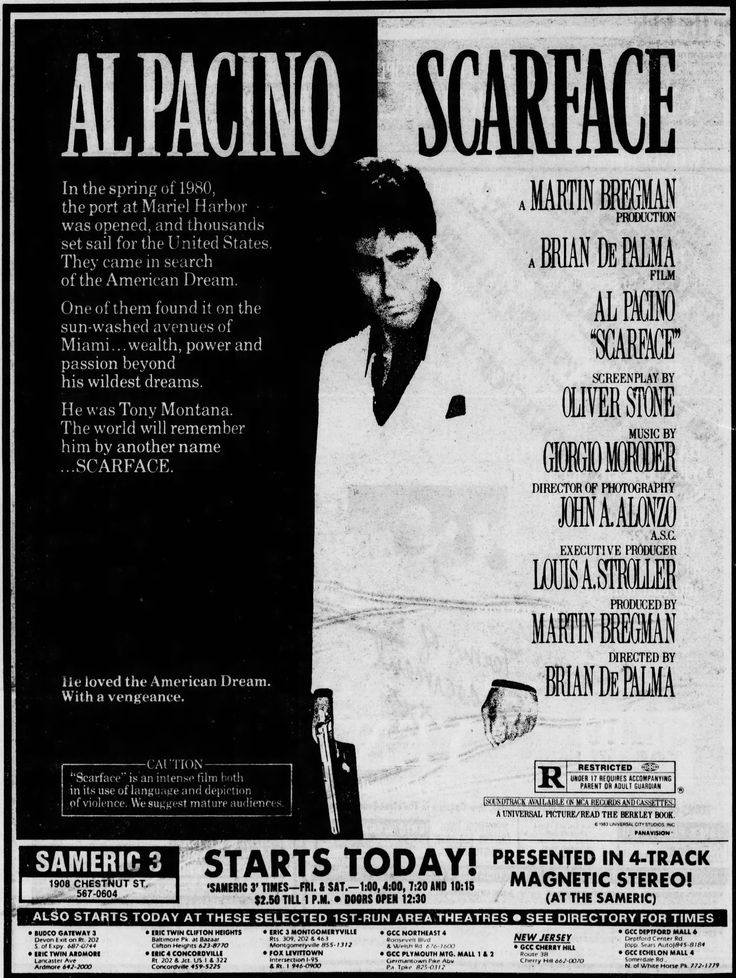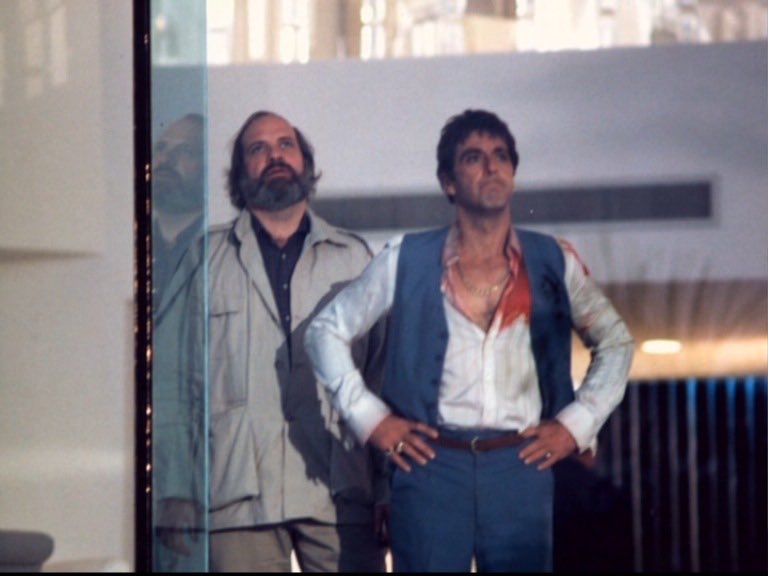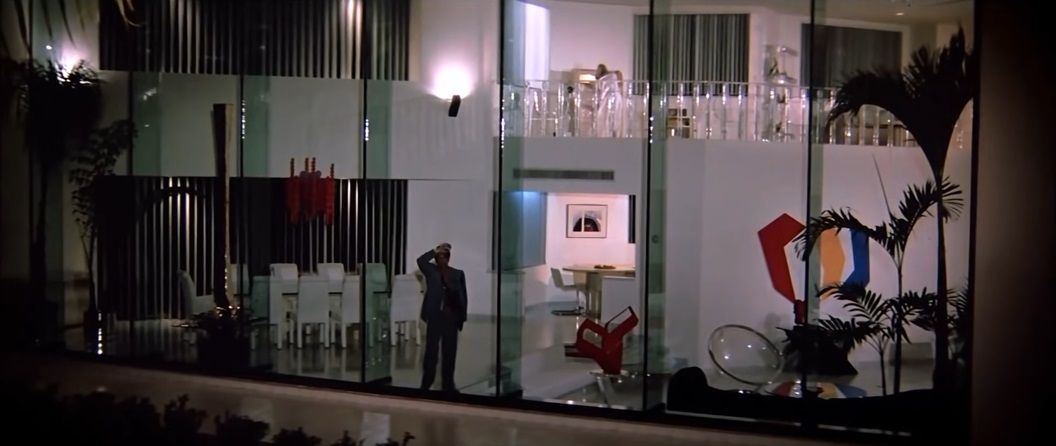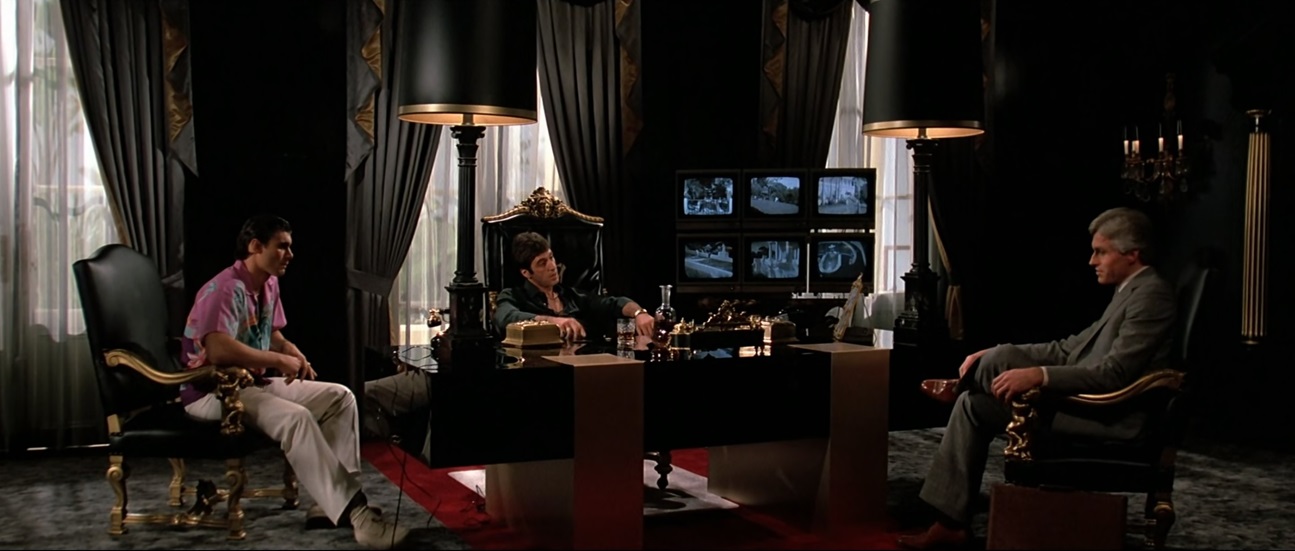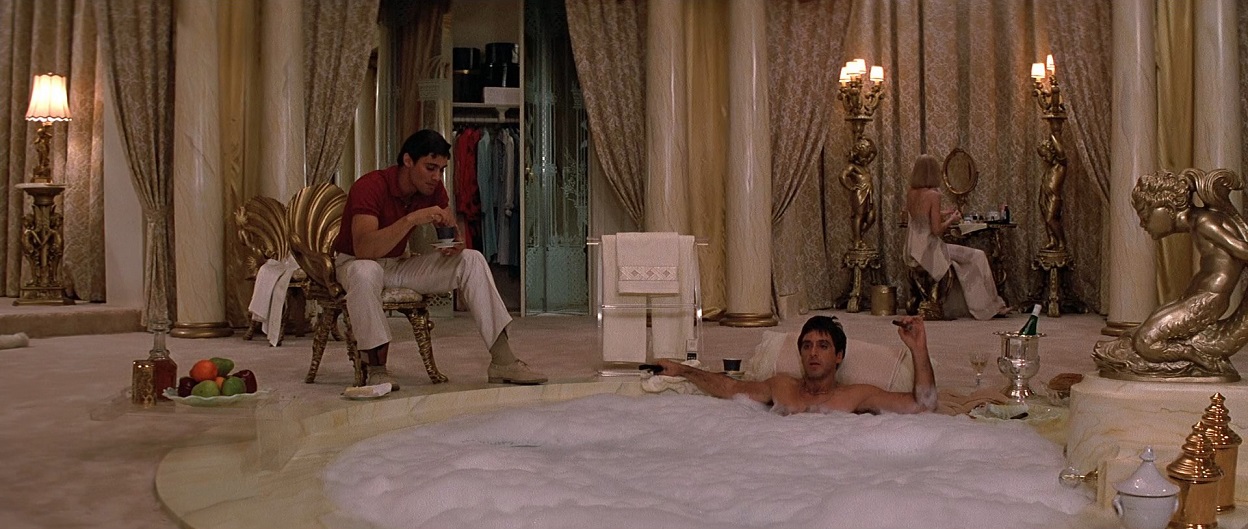KENNY DISCUSSES ON FIRST EPISODE OF "THE MISFITS" HOLLYWOOD ELSEWHERE PODCAST
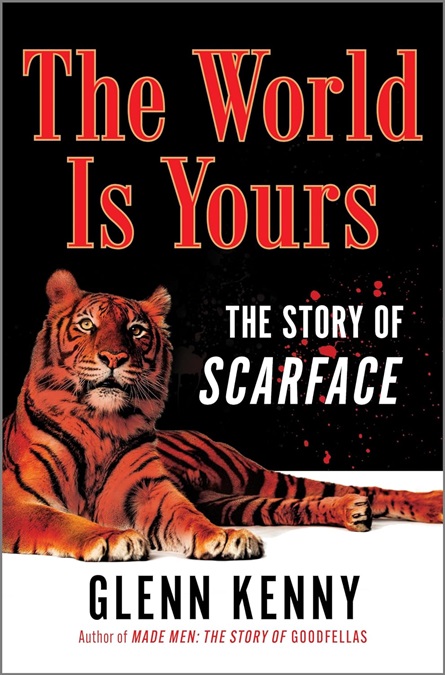
"Well, what happened is, I had written this book about Goodfellas," Glenn Kenny begins on the debut episode of The Misfits, a new podcast from Hollywood Elsewhere. To make a long story short, following his terrific and well-received book, Made Men: The Story of Goodfellas, Kenny tried to write a book about the film Sleepless In Seattle. After that project fell apart, Kenny and his publisher decided to do a book about Scarface. The World Is Yours: The Story of Scarface will be published May 7th. Here are some general notes about the book from the podcast, which is definitely worth listening to:
- I got the cooperation of Brian De Palma, which was very important
- I got Oliver Stone on board
- I got a lot of people on board
- And we kind of did the same drill as the Goodfellas book: we have a making of, we have a scene-by-scene breakdown
- Scarface has an even bigger cultural footprint than Goodfellas (which itself is pretty well-known and widely-quoted)
- And I hope to get De Palma involved in some promotional projects. We’re doing a launch on May 14th at The Mysterious Bookshop, in downtown Manhattan, my favorite book store. We’re doing other events, as well. And I hope Brian will come along for some. I think Steven Bauer will certainly be involved. I had the best time with Steven Bauer, the guy who plays Manny. He gave me the most stuff.
- I got Michelle Pfeiffer, which is not an easy get. But I did get her. And she was great. She was lovely. She’s so interesting, because, you know, she’s very frank about her experience. She’s proud of the work that she did on the film, but she said every minute on the set was torture. And it wasn’t because she was being mistreated or disrespected by anybody, it’s just her level of confidence was so low, she was always afraid that she was screwing up. She had no kind of feeling for the value of what she was doing, and she was miserable.
- [William McCuddy cuts in: “But that works for the film – she looks frightened all the time.”
- Yeah. Well, the one thing, the one direction that Brian always gave her – and she talks about Brian being very good and very sympathetic – she says, but Brian, after every take, the one thing he would ask her was, “Did you smile?” Because she wasn’t supposed to smile. You know, there was a notion that she would try to warm the character up just a little bit, and Brian said, “I appreciate you want to do this, I know you have the ability to do it, but for the purpose of the role, you can’t do it.” Although there is one scene where she does it, and I won’t say what it is. But when you read the book, we go into it, and it’s an improvised scene. It’s a scene between her and Pacino where she does laugh.
- Bauer’s origins
- Pacino’s accent and how Bauer influenced it
- Charles Durning and Dennis Franz dubbed lines in opening interrogation
- De-myth of Spielberg directing a shot
- Pacino decided to write his own book, and so did not participate in Kenny's book
- Bregman/Pacino fallout over Born On The Fourth of July
- Jeff Wells sneaking onto Scarface set at mansion
- McCuddy fascinated by New York portion of film within this Miami story
- Entertaining chapter about R-rating due to testimony of a film critic




